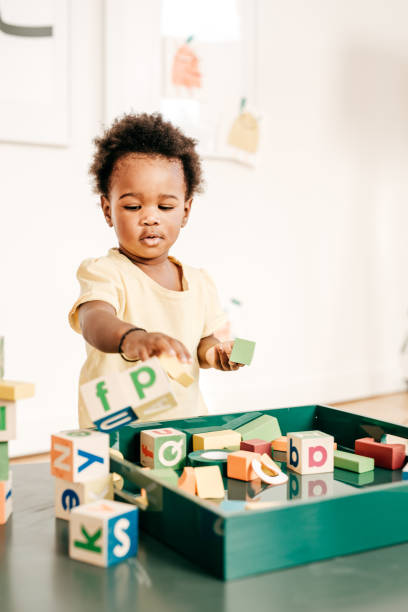Toys play a vital role in the development of children. They can also pose risks. Choking can be dangerous for children ages three and younger because they put things in their mouths. Parents must supervise their children when they play and check the toys.
What to Look For
When shopping for toys, here are some guidelines that you should keep in mind:
- Fabric toys should be marked as flame-retardant or flame resistant.
- Washable toys are recommended for stuffed animals.
- Lead-free paint should be used on all toys.
- Nontoxic art materials should be marked on the fabric.
- The package of crayons and paints will say ASTM D-4236, which means the American Society has tested them for Testing and Materials.
Avoid older toys. This includes hand-me-downs from family and friends. These toys may have sentimental value, and they are less expensive. However, they may not be up to date with safety standards. They may also be worn out from use and could break.
Make sure the toy you choose is quiet enough. Some rattles, electronic, and musical toys are as loud as car horns. If a child puts them directly in front of their ears, they can cause hearing loss.
Safe Toys For Infants, Toddlers, and Preschoolers
Please read the labels of toys to ensure they are appropriate for your child’s age. You can use guidelines published by groups such as the U.S. Consumer Product Safety Commission and others to make informed decisions.
Consider your child’s personality, habits, and behavior when you purchase a new toy. Even a child that seems more advanced than other children of the same age should not use toys designed for older children. Toys are categorized by age based on safety, not intelligence.
Remember these guidelines based on your age:
- Toys must be big enough not to be swallowed or stuck in the windpipe. They should have a minimum of 1 1/4″ (3 cm) diameter and 2 1/4″ (6 cm) length. A small-parts test tube or choke tube can be used to determine whether a toy’s small parts are too small. These tubes have a diameter that is similar to a child’s airway. If you can fit an object inside the box, it is too small for young children. Ask a salesperson to help you find a tube or use the toilet paper tube if you cannot.
- Avoid playing with marbles, coins, or balls smaller than 1.75 inches (4 centimeters). They can become stuck in your throat and cause breathing problems.
- Batteries should be secured with screws on toys that use batteries. This will prevent children from prying them open. Batteries and battery liquids pose serious health risks. These include choking and internal bleeding.
- Check that the toy is unbreakable and sturdy enough to resist chewing. Make sure the toy doesn’t contain the following:
- Sharp edges or small parts such as eyes, wheels, or buttons can be pulled out
- Small ends that can reach the back of the mouth
- Strings longer than 7 inches (18 cm)
- Parts that can pinch the fingers
- Check the manufacturer’s recommendations. Riding toys like rocking horses or wagons should have safety straps or harnesses. They also need to be stable enough and secure to prevent tipping.
- Check all toys, including those that are hand-me-downs and homemade. It is possible that they still need to be safety tested. Avoid giving your baby painted toys that were made before 1978. They may contain lead paint.
- Safety standards do not apply to stuffed animals or toys sold at fairs, carnivals, or vending machines. Before giving your baby carnival toys, check them carefully for sharp edges and loose parts.
Keep Toys Safe in the Home
- Your children must know how to play with the toys you have purchased. Supervising children’s play is the best way to achieve this. When you play with your children, they learn how to have fun while playing safely.
- Parents should:
- Teach your children to put their toys away.
- Toys should be checked regularly to ensure they are not broken or unusable.
-
- Splinters shouldn’t be present in wooden toys.
- Rust shouldn’t be on bikes and outdoor toys.
- The seams of stuffed toys should not be broken or have exposed parts.
- Repair or throw away damaged toys immediately.
- When not in use, store outdoor toys so they don’t get wet or snowy.
-
- Keep toys clean. You can clean some plastic toys in the dishwasher. But first, read the instructions from the manufacturer. You can also use antibacterial soap and mild dishwashing liquid in a spray bottle to clean your toys. Rinse them afterward.

